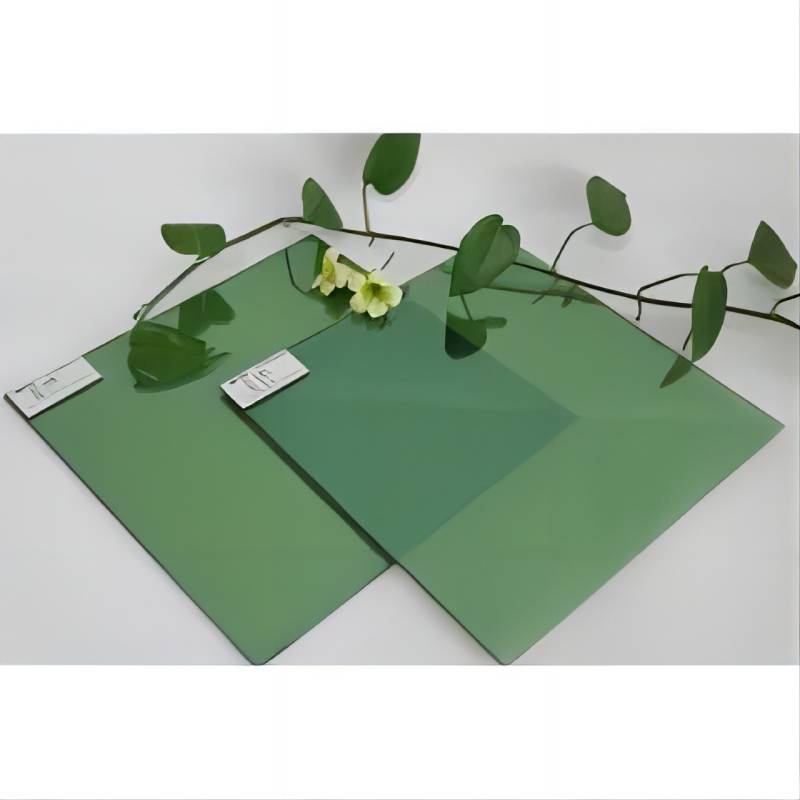Windows That Go Opaque Transforming Privacy and Aesthetics in Modern Architecture
In a world where architectural design continually pushes the boundaries of creativity and technology, the advent of smart materials has revolutionized how we perceive and interact with our living spaces. Among these innovations, windows that go opaque stand out as a remarkable solution to the age-old dilemma of privacy versus aesthetics. These advanced windows not only serve as a crucial architectural feature but also embody the fusion of function and style in contemporary design.
The Technology Behind Opaque Windows
Windows that can switch from transparent to opaque largely rely on a technology known as electrochromism. This technology involves the use of special materials that change their optical properties when an electric current is applied. When the current flows through these materials, a chemical reaction occurs, altering the transparency of the glass. As a result, these windows can transition smoothly from clear, allowing natural light to flood in, to an opaque state, providing instant privacy.
Another technology gaining popularity is liquid crystal technology, which utilizes a mixture of liquid crystals sandwiched between glass layers. This system allows for rapid switching and can be controlled via a simple switch or smartphone app. The flexibility and versatility of these windows provide homeowners and architects with a dynamic tool for both functionality and design.
The Aesthetic Appeal of Opaque Windows
Aesthetically, windows that go opaque can enhance the visual appeal of any space. Traditional curtains or blinds limit views and can appear cumbersome or outdated in modern homes. By contrast, the sleek, unobtrusive design of smart opaque windows maintains the minimalist style favored in contemporary architecture. These windows can blend seamlessly into the design of a building, allowing architects to create open spaces that feel airy and connected to the outside world, while also offering the ability to conceal the interiors when desired.
Moreover, the customizable nature of opaque windows allows for creative applications. From residential homes to commercial buildings, designers can employ these windows in innovative ways—whether to facilitate privacy in conference rooms, create serene environments in healthcare facilities, or provide adaptable lighting solutions in homes. The ability to control transparency also enables architects to play with light and shadow, creating dynamic and engaging spatial experiences.
windows that go opaque
Enhancing Privacy Without Sacrificing Natural Light
One of the significant advantages of windows that go opaque is their ability to enhance privacy without sacrificing natural light. In densely populated urban areas, where living and working spaces are often in close proximity, maintaining privacy can be a challenge. Traditional methods, such as curtains or shades, can block precious sunlight, leading to darker and less inviting indoor environments.
Opaque windows, on the other hand, allow occupants to enjoy the benefits of natural light while ensuring that prying eyes cannot see in. This feature not only improves the quality of life for residents but also contributes to energy efficiency. By maximizing the use of daylight, these windows can reduce the need for artificial lighting, lowering energy costs and environmental impact.
The Future of Opaque Windows in Architecture
As technology continues to evolve, the potential applications for windows that go opaque are likely to expand. Integration with smart home systems means that homeowners could control their window transparency through voice commands or scheduled settings, further enhancing convenience and security. Imagine waking up to bright, sunlit rooms that can transition to complete privacy at a moment's notice, all while you sip your morning coffee.
Additionally, as awareness grows around sustainability and energy-efficient practices, the demand for such innovative solutions in architecture will undoubtedly increase. Forward-thinking architectural firms are already experimenting with these technologies, exploring their implications for future-proof urban design.
Conclusion
Windows that go opaque epitomize the intersection of modern technology, design, and functionality. They offer a versatile solution to the dual demands of privacy and natural light, showcasing how innovative materials can transform everyday architectural features into dynamic components of living spaces. As our environments evolve, these smart windows will play a pivotal role in shaping the future of architecture, bringing together style, efficiency, and comfort in ways previously unimaginable.
 Afrikaans
Afrikaans  Albanian
Albanian  Amharic
Amharic  Arabic
Arabic  Armenian
Armenian  Azerbaijani
Azerbaijani  Basque
Basque  Belarusian
Belarusian  Bengali
Bengali  Bosnian
Bosnian  Bulgarian
Bulgarian  Catalan
Catalan  Cebuano
Cebuano  Corsican
Corsican  Croatian
Croatian  Czech
Czech  Danish
Danish  Dutch
Dutch  English
English  Esperanto
Esperanto  Estonian
Estonian  Finnish
Finnish  French
French  Frisian
Frisian  Galician
Galician  Georgian
Georgian  German
German  Greek
Greek  Gujarati
Gujarati  Haitian Creole
Haitian Creole  hausa
hausa  hawaiian
hawaiian  Hebrew
Hebrew  Hindi
Hindi  Miao
Miao  Hungarian
Hungarian  Icelandic
Icelandic  igbo
igbo  Indonesian
Indonesian  irish
irish  Italian
Italian  Japanese
Japanese  Javanese
Javanese  Kannada
Kannada  kazakh
kazakh  Khmer
Khmer  Rwandese
Rwandese  Korean
Korean  Kurdish
Kurdish  Kyrgyz
Kyrgyz  Lao
Lao  Latin
Latin  Latvian
Latvian  Lithuanian
Lithuanian  Luxembourgish
Luxembourgish  Macedonian
Macedonian  Malgashi
Malgashi  Malay
Malay  Malayalam
Malayalam  Maltese
Maltese  Maori
Maori  Marathi
Marathi  Mongolian
Mongolian  Myanmar
Myanmar  Nepali
Nepali  Norwegian
Norwegian  Norwegian
Norwegian  Occitan
Occitan  Pashto
Pashto  Persian
Persian  Polish
Polish  Portuguese
Portuguese  Punjabi
Punjabi  Romanian
Romanian  Russian
Russian  Samoan
Samoan  Scottish Gaelic
Scottish Gaelic  Serbian
Serbian  Sesotho
Sesotho  Shona
Shona  Sindhi
Sindhi  Sinhala
Sinhala  Slovak
Slovak  Slovenian
Slovenian  Somali
Somali  Spanish
Spanish  Sundanese
Sundanese  Swahili
Swahili  Swedish
Swedish  Tagalog
Tagalog  Tajik
Tajik  Tamil
Tamil  Tatar
Tatar  Telugu
Telugu  Thai
Thai  Turkish
Turkish  Turkmen
Turkmen  Ukrainian
Ukrainian  Urdu
Urdu  Uighur
Uighur  Uzbek
Uzbek  Vietnamese
Vietnamese  Welsh
Welsh  Bantu
Bantu  Yiddish
Yiddish  Yoruba
Yoruba  Zulu
Zulu 

